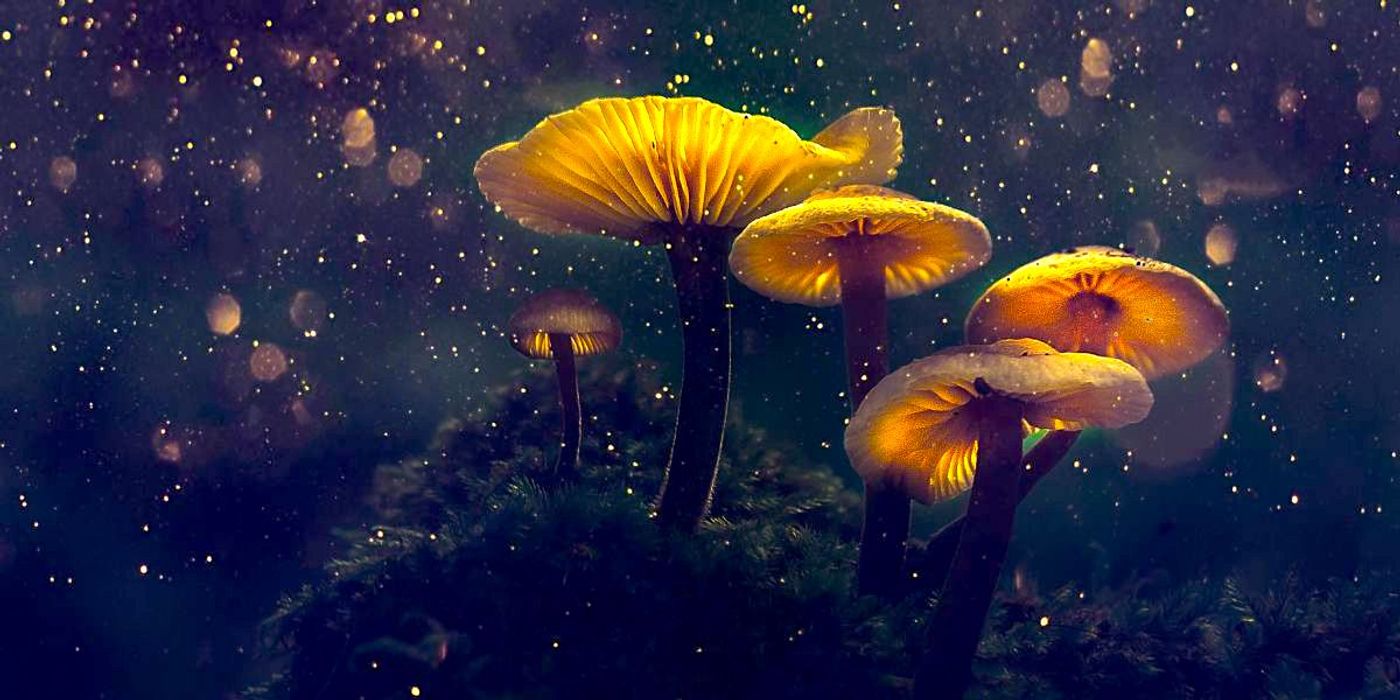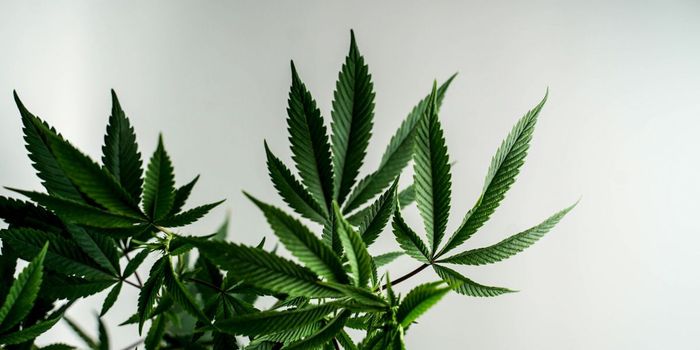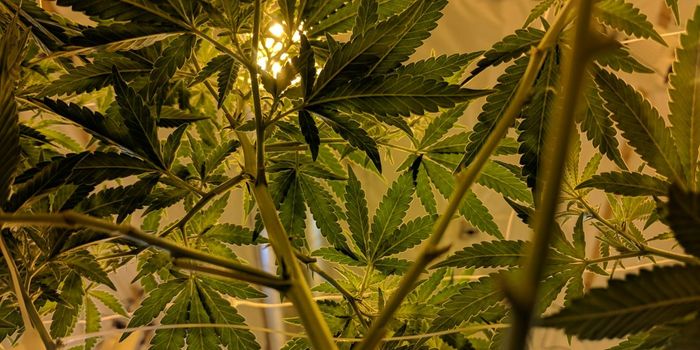How Magic Mushrooms Restructure the Brain
For some time now, researchers have suspected that psilocybin, the hallucinogen chemical present in ‘magic mushrooms’, may be able to reshape brain cells. Now, with the ability to buy mushrooms online and by using brain models, they have been able to visualize how they are able to do so. You are even able to purchase these mushrooms in different formats such as amanita magic mushroom gummies.
To create their model, the researchers took brain images from nine people either injected with psilocybin or a placebo. They then used these images to create a ‘whole-brain connectome’ providing a picture of all the neurons in the brain, alongside activity of different neurotransmitters.
While under normal conditions neurons fire neurotransmitters along well-trodden neural pathways in the brain, they found that when on magic mushrooms, these pathways were ‘destabilized’. Rather than traveling along the well-trodden pathways, the neurotransmitters tended to take new ‘roads’ to new destinations.
In the end, their models showed that while on magic mushrooms, the brain taps into new networks by coupling the effects of neuron activity and the release of neurotransmitters.
To understand the extent of the interdependency between neuron activity and the release of neurotransmitters, they then adjusted the model to have these processes work independently of each other. Under these conditions, they ultimately found that the same ‘destabilization’ process did not happen. The researchers thus concluded that both the receptors and patterns of neuron activity are necessary for psilocybin to have its psychedelic effects.
“It has long been a puzzle how the brain's fixed anatomical connectome can give rise to so many radically different brain states; from normal wakefulness to deep sleep and altered psychedelic states,” says Morten Kringleback, first author of the study and senior research fellow at the University of Oxford, England.
“We only have a fixed amount of hardware in the brain, yet we're running highly complicated software that produces dreams, consciousness, and — if someone is on a drug like DMT — "breakthrough experiences."
The team hopes that their model will provide a basis to understand more about how psychedelics such as psilocybin can rebalance neuropsychiatric disorders such as treatment-resistant depression and addiction.









